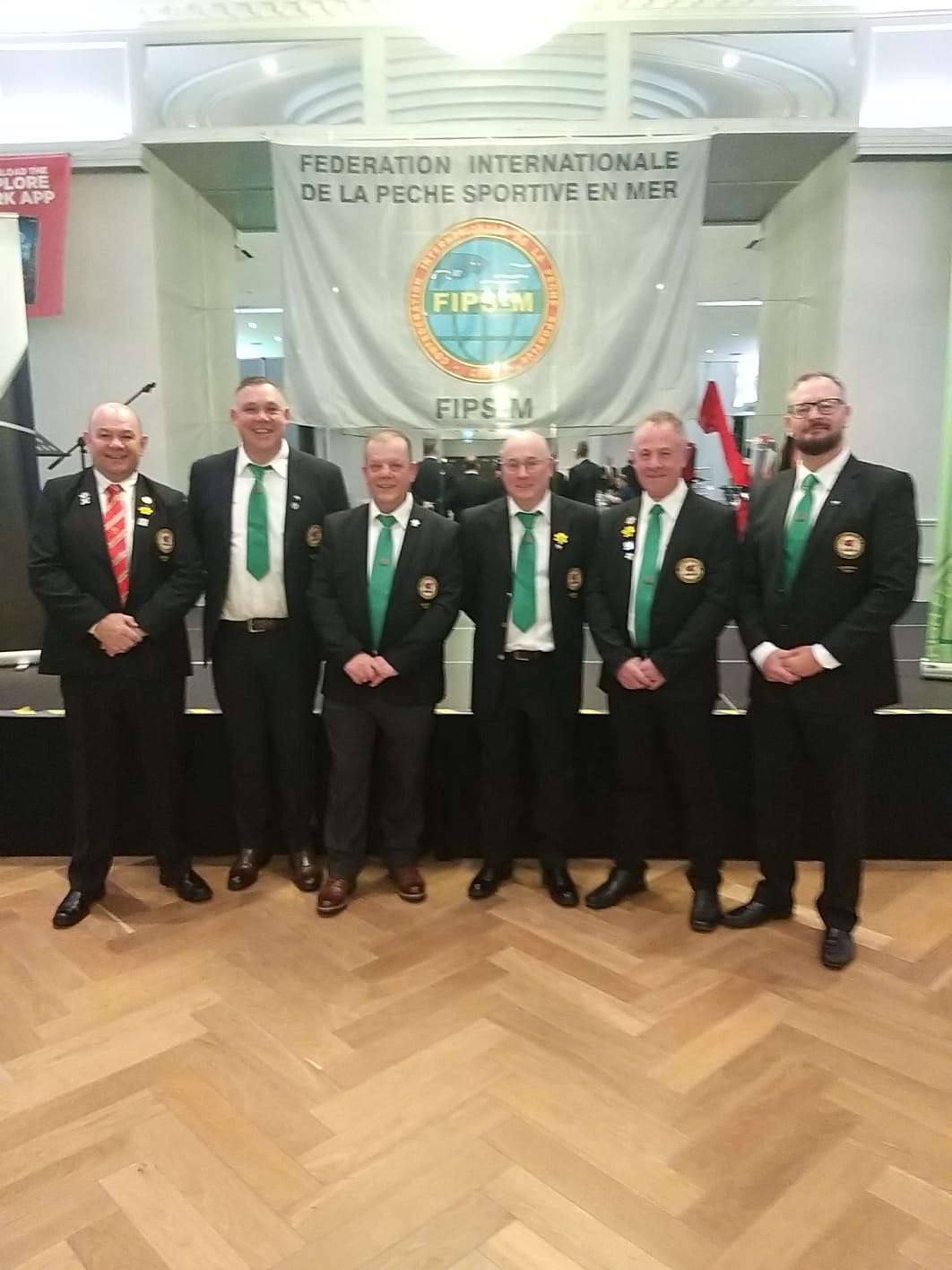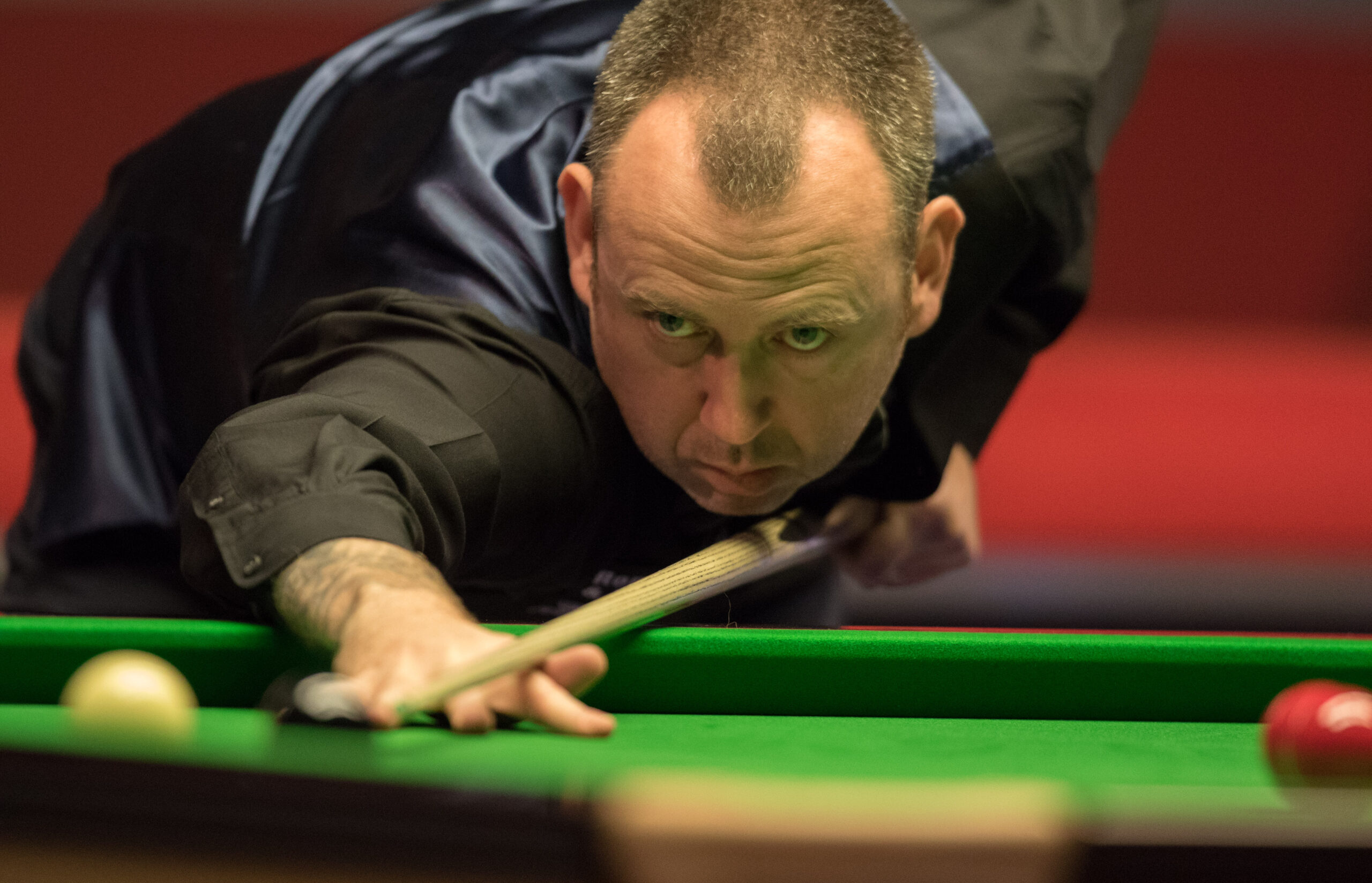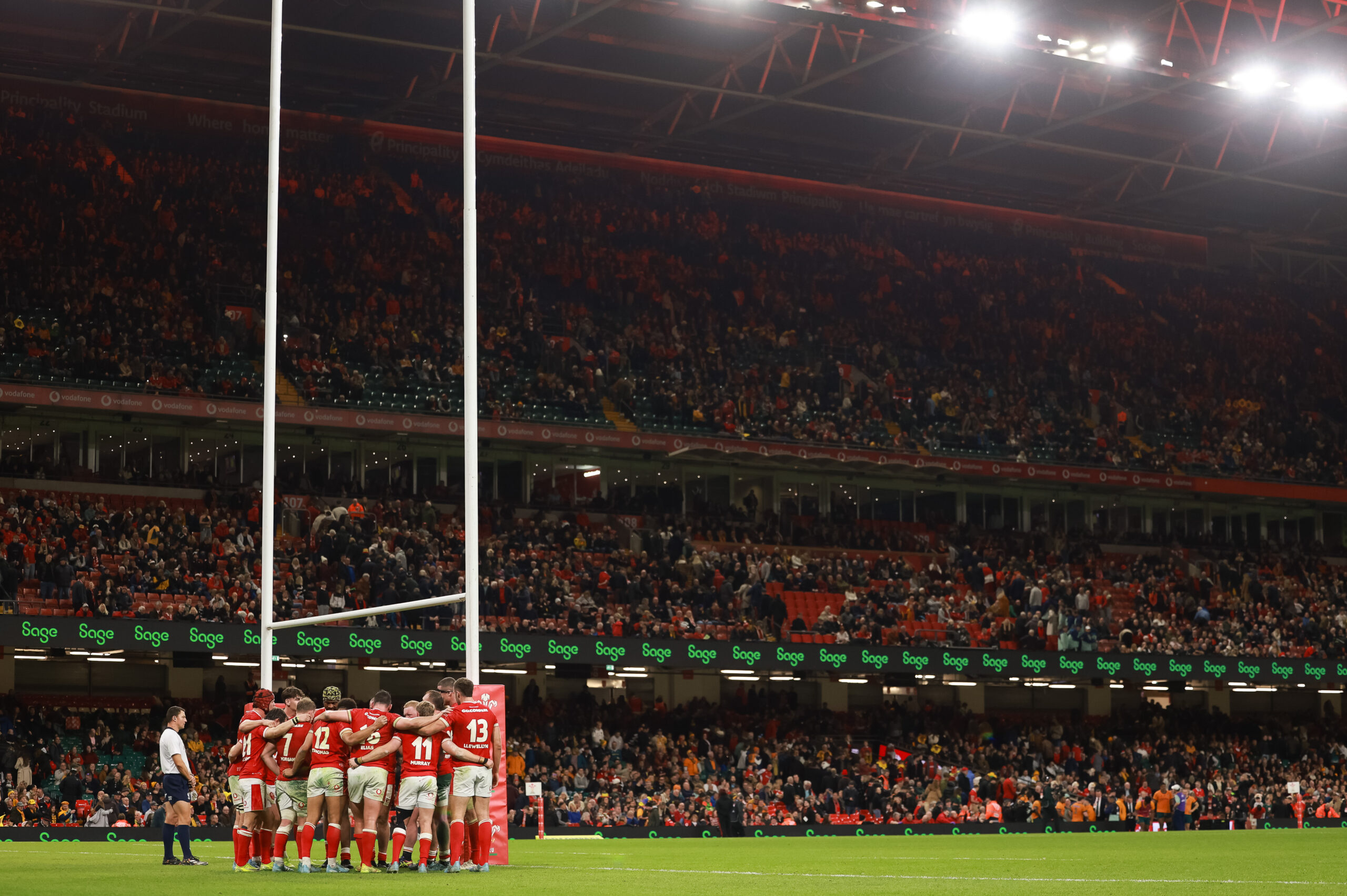Wales Beat Spain But What Did We Learn?

Carwyn Harris
Wales’ game against Spain on Saturday was quite binary in nature.
Win and qualify for WXV2 and secure a place at the 2025 World Cup.
Lose and end up in WXV3 and pile further pressure on head coach Ioan Cunningham after a Six Nations wooden spoon.
Despite that, in many ways before the game some fans portrayed the game as lose-lose.
Even if Wales produced a convincing win the general response would have been ‘they should beat Spain anyway’.
Wales are ranked eighth in the world and should, all things being equal, beat a Spanish side who are ranked 13th and do not have their experience and professionalism.
After a blistering start with the home side running into a 14-0 lead, a shock looked on the cards as Spain took advantage of a yellow card to Wales win Carys Cox scoring 15 points in 10 minutes.
Both sides then traded tries before half time with Keira Bevan’s pinpoint goalkicking meaning Wales led 21-20 at the break.
From then on it was one-way traffic, Wales eventually running out winners, scoring 31 unanswered points for a 52-20 win.
Sportin Wales take a look back on the positives and workon’s from a crucial win for Ioan Cunningham and team.
The Scrum
The Welsh front row trio of Gwenllian Pyrs, Carys Phillips and Sisilia Tuipulotu were in full force on Saturday, pushing the Spanish front row backwards at will.
On three or more occasions Wales pushed Spain off their ball, winning possession against the head and that eventually led to the home side’s early tries.
With Georgia Evans and Abbie Fleming in the boiler room too, Wales enjoyed complete dominance in the scrum, something which was almost a throw back to Six Nations gone by.
The challenge now for Wales is to maintain that level of dominance against other professional and dare I say it more organised top-level opposition in the future.
Back Three
There was a time in Wales’ recent past where commentators and pundits criticised Wales for relying too much on a moment of brilliance from Jasmine Joyce-Butchers.
The GB sevens star was missing on Saturday as she prepares for the Paris Olympics and in the Six Nations was slightly off her dazzling best, but Wales now have strength in depth to compete with her for a back three berth.
Against Spain, Wales lined up with Carys Cox on the left wing, Lisa Neumann on the right and Jenny Hesketh at full back.
They also can call upon Bristol Bears’ Courtney Keight, Joyce’s sevens teammate Kayleigh Powell and Catherine Richards who shone for Gwalia Lightning in the Celtic Challenge. That is before you mention Carys Williams-Morris and Gwalia Lightning’s player of the season from the Cardiff region Rhodd Parry.
However, all of those will find it to displace the Welsh trio who played against Spain with Cox scoring a hattrick and Hesketh producing her most assured display to date in the red of Wales.
Hesketh made her debut during the Six Nations and at times the former England under 20’s captain appeared to struggle with the jump up to senior international rugby.
Against Spain, Hesketh set up Cox’s second try, before exchanging passes with the winger and showing good speed to score in the corner.
The Bristol Bears fullback still has work to do on her one-on-one tackling, but Cunningham and Wales will hope she continues her form into the Autumn.
Wales’ back row
It’s hard to claim this as something we learnt, merely a reaffirmation of what we already knew but Wales’ backrow is arguably their strongest position.
The triumvirate of Alisha Butchers, Alex Callender and Bethan Lewis all shone against Spain. Callender set Wales on their way in the first half with a superb angle for her try before producing a couple of crucial turnovers when Wales were under pressure in the first half in a performance befitting of her position as vice-captain.
Butchers won player of the match and scored a brace in a performance close to her very best having been a touch under her normally stratospheric standards during the Six Nations as she returned to international action after an ACL injury.
Lewis may not be the biggest, but she was seen shrugging off would-be tacklers from eight and produced her normally industrious display.
With Georgia Evans in the second row instead of her preferred back row slot, this is inarguably Wales’ strongest back row trio with the potential of 19-year-old Gwennan Hopkins off the bench.
Gaining and Utilising Experience
Kerin Lake won her 50th cap on Saturday and her experience was invaluable for Wales against Spain.
Someone who rarely makes a mistake, Lake carried with purpose and was unfortunate not to bag a try of her own, whilst giving her side crucial gainline.
Her experience, along with Hannah Jones outside of her will be of huge help to Lleucu George at flyhalf who is still learning the ropes of becoming an international 10 but is becoming more and more assured as her experience increases.
When in possession, George has all the tricks in her locker to become a world class 10 and needs only to learn which option to use when for international rugby.
The Areas To Improve
As stated, it was far from a perfect performance from Wales on Saturday and there are areas they must improve.
They lacked game management during the 10-minute spell while Cox was in the sinbin, conceding 15 points during that time and despite scoring soon afterwards, they didn’t close the half out, conceding with barely a minute remaining in the half.
Wales and Cunningham should be commended for how they righted the mistakes of the first half in the second producing an almost error free display.
The driving maul was a huge weapon for Wales on Saturday, however the lineout was a little more inconsistent with a few non-straight throws and Cunningham will hope his side can tidy that area up to utilise their threats.
Here’s hoping Wales continue to grow through WXV2 and come back to the Six Nations with a vengeance.











